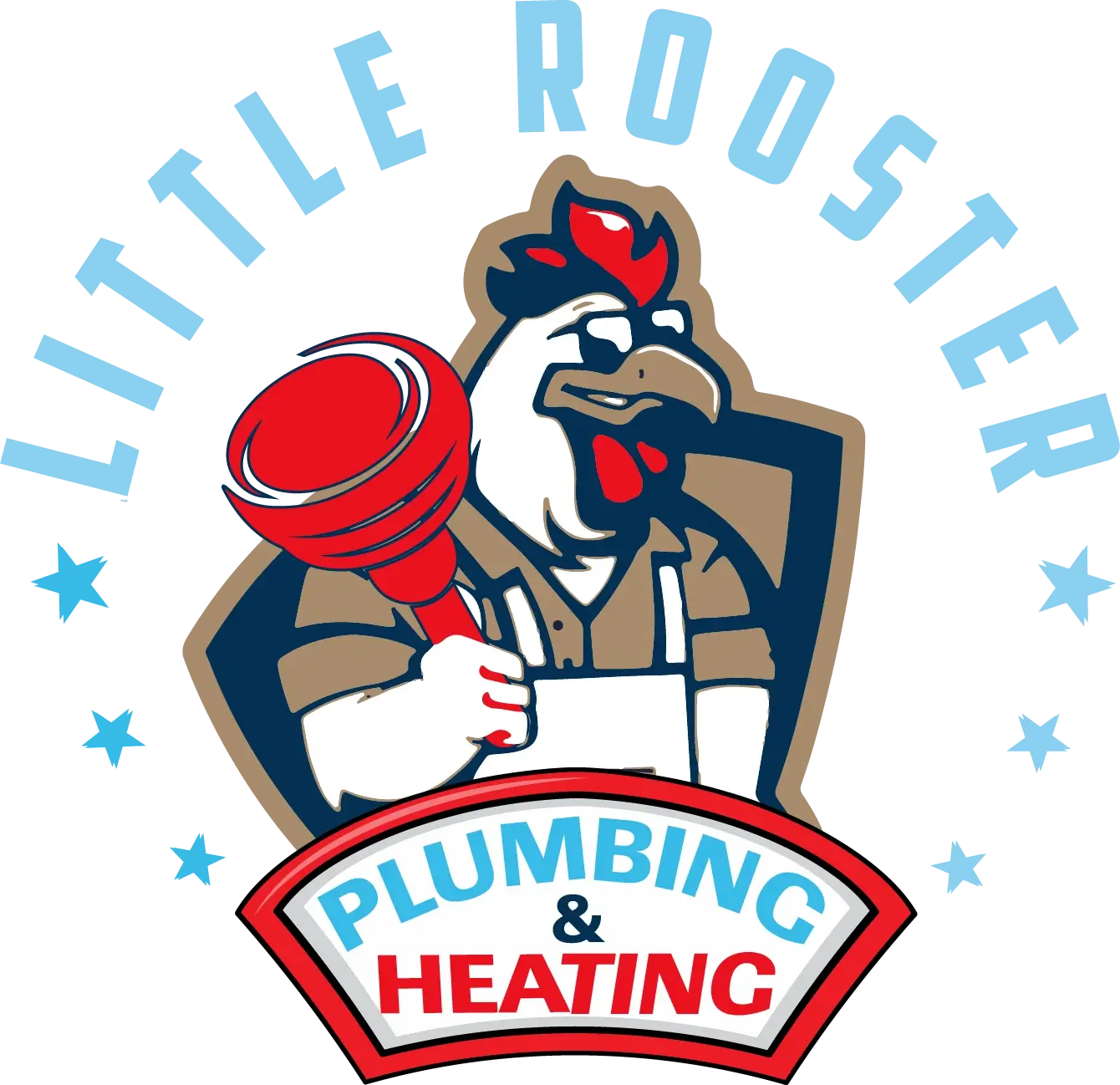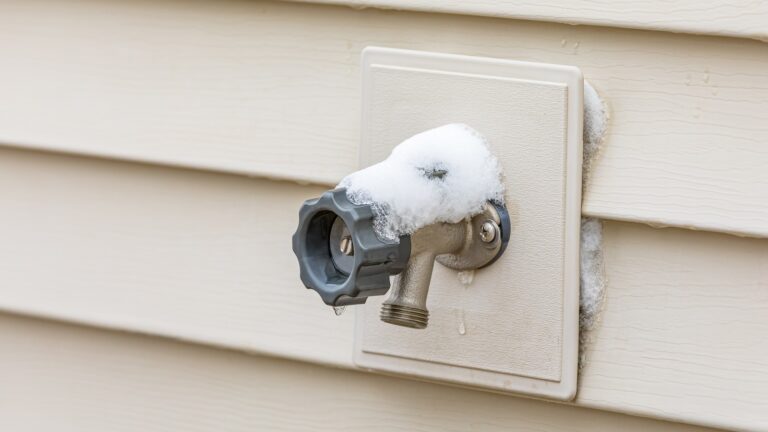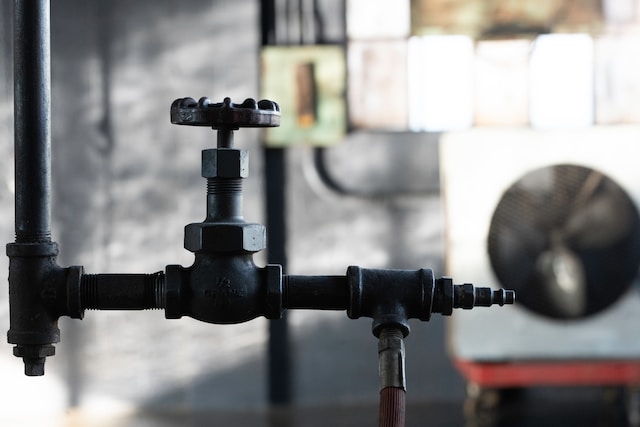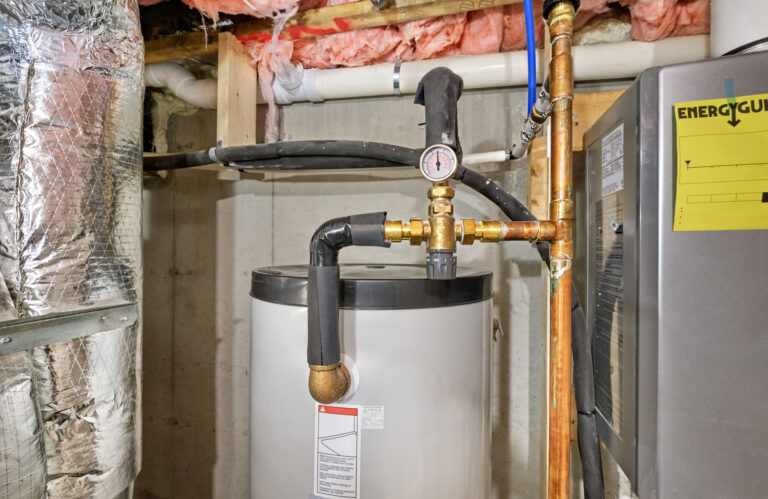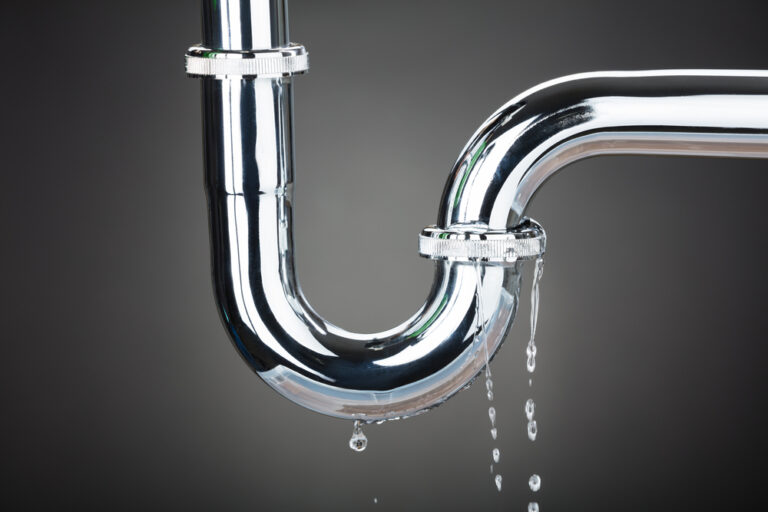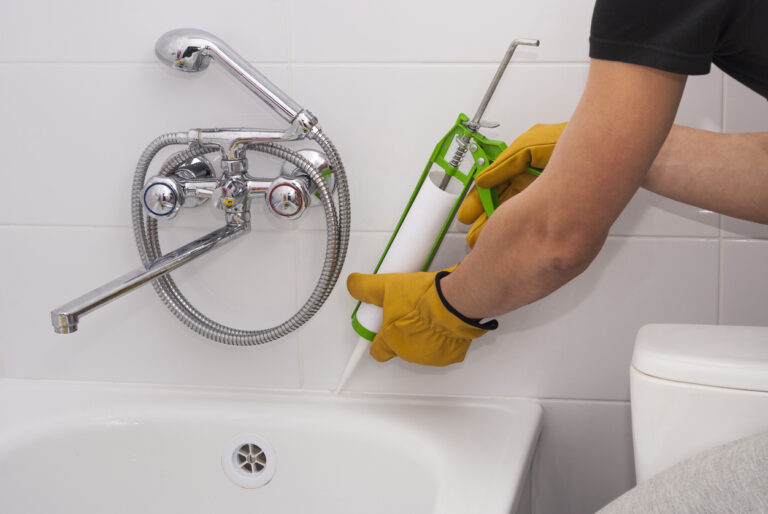The Power of Jetting: How High-Pressure Water Cleans Drains and Sewer Lines
Maintaining the health of your drains and sewer lines is crucial for the smooth operation of your home’s plumbing system. One of the most effective methods for cleaning these systems is power jetting, also known as hydro jetting. This technique uses high-pressure water to clear out clogs, debris, and build-up in pipes, ensuring they remain clean and functional. Let’s explore what power jetting is, how it works, and why it’s such an effective solution for drain and sewer line maintenance.
What is Power Jetting?
Power jetting involves using a high-pressure water jet to clean the interior surfaces of pipes. The process employs specialized equipment that directs a powerful stream of water into the pipe, which dislodges and washes away debris, grease, roots, and other obstructions that may be causing blockages or slow drainage.
How Does Power Jetting Work?
The equipment used in power jetting consists of a water tank, a high-pressure hose, and a specialized nozzle. The nozzle is designed to emit water in various directions, allowing the water to reach all sides of the pipe and effectively clean it.
Water Pressure: The water is pressurized to a very high level, often between 3,000 and 4,000 PSI (pounds per square inch). This high pressure is what gives power jetting its effectiveness, as it can cut through stubborn blockages and build-up that other methods might leave behind.
Nozzle Design: The nozzle is crucial to the process. Different nozzles are used for different types of blockages and pipes. Some nozzles are designed to cut through tough roots, while others are optimized for clearing grease or sludge. The nozzle’s shape ensures that water is directed both forward and backward, propelling the nozzle through the pipe and ensuring a thorough clean.
Cleaning Process: As the nozzle moves through the pipe, it blasts away accumulated debris, which is then flushed out of the pipe by the force of the water. This process not only clears blockages but also cleans the walls of the pipe, preventing future build-up and maintaining optimal flow.
Benefits of Power Jetting
Thorough Cleaning: Power jetting is more thorough than traditional methods like snaking or chemical cleaners. It doesn’t just push clogs out of the way; it removes them entirely, along with any residue left on the pipe walls.
Environmentally Friendly: Unlike chemical cleaners that can harm the environment and corrode pipes, power jetting uses only water. This makes it a safer and more sustainable option for maintaining your plumbing.
Preventive Maintenance: Regular power jetting can prevent future clogs by keeping your pipes clean and clear. This can save you money in the long run by avoiding emergency plumbing calls and potential damage to your home from sewer backups.
Versatility: Power jetting can be used on a variety of pipes, from residential plumbing to large municipal sewer lines. It’s effective on different materials, including PVC, cast iron, and clay.
When Should You Consider Power Jetting?
Persistent Clogs: If you’re dealing with frequent clogs that aren’t fully cleared by traditional methods, power jetting can provide a more effective solution.
Slow Drains: Slow drains are often a sign of build-up in your pipes. Power jetting can remove this build-up and restore proper flow.
Routine Maintenance: Even if you’re not experiencing problems, scheduling a power jetting service as part of your regular home maintenance can keep your plumbing in top shape.
Conclusion
